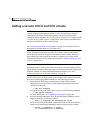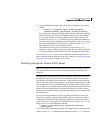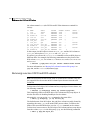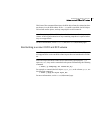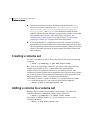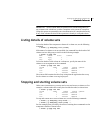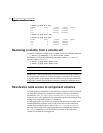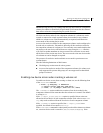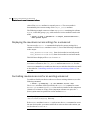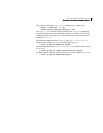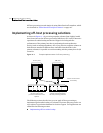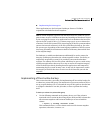
364 Creating and administering volume sets
Removing a volume from a volume set
# vxvset -g mydg list set1
VOLUME INDEX LENGTH KSTATE CONTEXT
vol1 0 12582912 DISABLED -
vol2 1 12582912 DISABLED -
vol3 2 12582912 DISABLED -
# vxvset -g mydg start set1
# vxvset -g mydg list set1
VOLUME INDEX LENGTH KSTATE CONTEXT
vol1 0 12582912 ENABLED -
vol2 1 12582912 ENABLED -
vol3 2 12582912 ENABLED -
Removing a volume from a volume set
To remove a component volume from a volume set, use the following command:
# vxvset [-g diskgroup] [-f] rmvol volset volume
For example, the following commands remove the volumes, vol1 and vol2,
from the volume set myvset:
# vxvset -g mydg rmvol myvset vol1
# vxvset -g mydg rmvol myvset vol2
Note: When the final volume is removed, this deletes the volume set.
Caution: The -f (force) option must be specified if the volume being removed, or
any volume in the volume set, is either a snapshot or the parent of a snapshot.
Using this option can potentially cause inconsistencies in a snapshot hierarchy
if any of the volumes involved in the operation is already in a snapshot chain.
Raw device node access to component volumes
To guard against accidental file system and data corruption, the device nodes of
the component volumes are configured by default not to have raw and block
entries in the /dev/vx/rdsk/diskgroup and /dev/vx/dsk/diskgroup
directories. As a result, applications are prevented from directly reading from or
writing to the component volumes of a volume set.
If some applications, such as the raw volume backup and restore feature of the
Veritas NetBackup
TM
software, need to read from or write to the component
volumes by accessing raw device nodes in the /dev/vx/rdsk/diskgroup
directory, this is supported by specifying additional command-line options to
the
vxvset command. Access to the block device nodes of the component
volumes of a volume set is unsupported.



